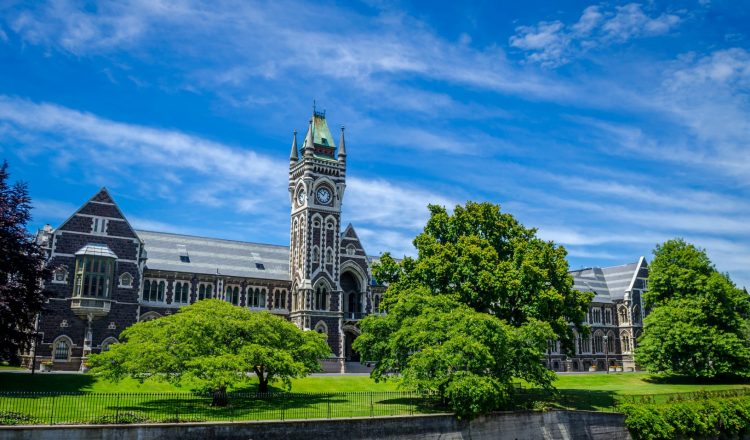高校での教科選択について
Year 9とYear 10(日本の中学2年・3年生に相当)
英語圏の学校では、Year 9とYear 10は、英語、数学、科学、保健体育などの主要科目を学ぶことが義務付けられています。さらに、ほとんどの中学・高校では、技術、芸術、社会科学、英語以外の言語など、さまざまな選択肢が用意されており、お子さんが選択できるようになっています。
興味のある分野や得意な分野があれば、Year 8のときに考えておくとよいでしょう。それによって、Year 9に進級するときに選択する学校や科目に影響が出るかもしれません。入学時にどの選択科目を履修するか迷っている場合は、学校側が指導してくれるでしょう。
Year 11以降(日本の高校1年生以降に相当)
Year 11〜13では、NCEA(National Certificate of Educational Achievement, 教育到達度国家証明。全国統一の高校教育認定資格)の取得に向けて、さらに専門性を高めていきます。ほとんどの学校では、学生は10年生の半ばから教科の選択を検討し始めます。これには、学校を卒業して仕事や希望する高等教育機関に進む際に、どのような資格が必要かを調べることも含まれます。
高等教育機関で必要とされる資格はさまざまなので、学生はできるだけ選択肢を広げておくことをお勧めします。また、ティーンエイジャーが学校を卒業して何をしたいのかわからないという場合もあるでしょう。
多くの学校では、主要科目に加えて、旅行・観光、エンジニアリング、ホスピタリティなど、商売や職業につながるコースを提供しています。
誰がサポートしてくれるのか?
ティーンエイジャーが通う学校のキャリア・アドバイザーは、科目の選択や、それが将来の学習や仕事の選択肢にどのように影響するかについて助言してくれます。多くの場合、個別の学習計画を立てる手助けをしてくれるでしょう。科目選択の8つのステップを確認してください。

















































